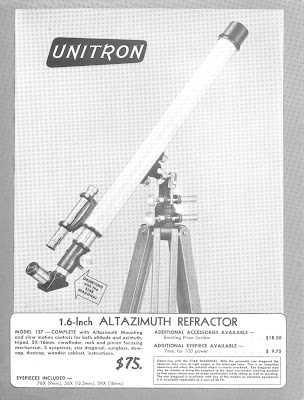Last night I awoke at 3 am and looking out to a beautiful clear sky. I decided it was a good time for a little sky gazing. My wife of coarse thought I was crazy for getting up at that time of night. If your reading this I would bet you have the same affliction that I do! Anyway, I grabbed my binoculars and headed out to the yard.
The milky way was oriented in an east to west direction.
Cassiopeia and the Double Cluster, my favorite, was high in the north. At the zenith was M31 very bright to the naked eye with Pegasus flying close by. At about 45 degrees was the
Seven Sisters, then Taurus with the Red Eye, and lying on his side along the eastern horizon was Orion. Above Orion's head the
crescent moon sailed like a ship riding along the northeast horizon.
After I gave the entire sky, that was free of tree tops, a good look, I began giving it a little going over with the binoculars. I spotted two satellites in polar orbit and two very fast meteors. After about an hour the east began to lose it's fainter stars as the moon ship sailed higher into the sky. I gave
Orion's belt a last look and a lingering gaze at my favorite triangle of double stars in Taurus and headed back to bed. A fun hour, no telescope, but just the beauty of the late summer night. Sometimes we concentrate on the narrow view through the telescope and miss the beauty of the night. Sleep came easily as I pulled the covers on. My starry sleeping medication worked wonders.
Clear Sky - Rich













































